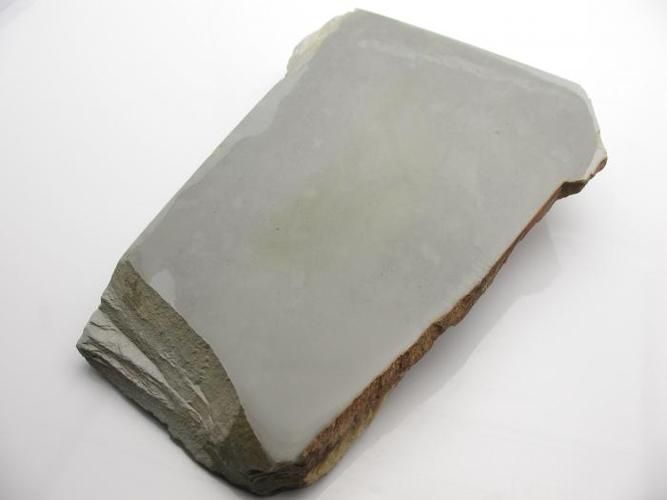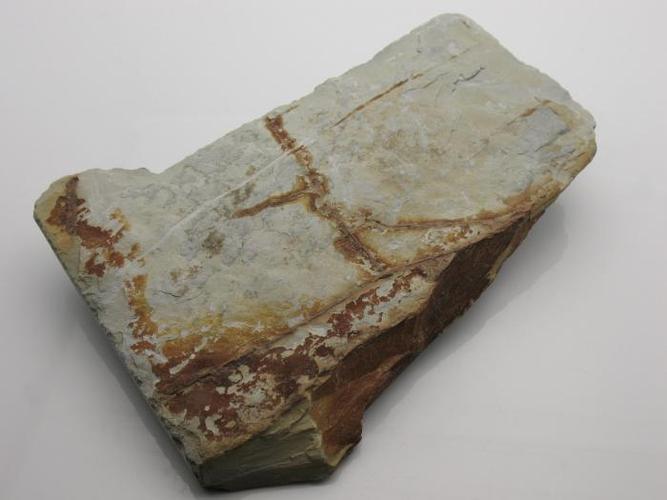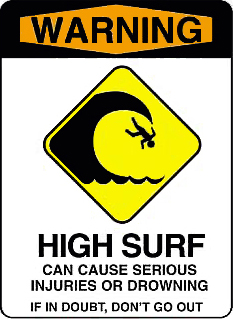Results 1 to 9 of 9
Thread: Two question about jnats
-
12-20-2014, 12:46 AM #1
 Two question about jnats
Two question about jnats
I have been looking at some websites selling Jnats and some of the things I noticed are: They got several names, hardness, colour and things like that, but the most important factor is PRICE.
First I keep on learning and I highly appreciate it if anybody could tell me how these Jnats compare to let say a coticule. I like Coticules because they are hard and fast grinders, and I can use them as finishers on kitchen knives, wood working tools and straight razors as well.
The second question is, Why are Jnats so expensive?
-
12-20-2014, 01:10 AM #2I used Nakayamas for my house



- Join Date
- Aug 2009
- Location
- Des Moines
- Posts
- 8,664
- Blog Entries
- 1
Thanked: 2591
There are three main types of Jnats
coarse
medium
fine
and the transition between each is not easily defined, there are many in betweens.
For coticule vs Jnat comparison you are looking at medium J-nat to fine J-nat. However fine J-nats for razor finishing will produce more refined edges than the best coticulesStefan
-
The Following User Says Thank You to mainaman For This Useful Post:
jelajemi (12-20-2014)
-
12-20-2014, 02:23 AM #3

The harder and finer the better IMO - I use my collection solely as finishers. The vintage JNats are more desirable too - I believe most of the good stones have been mined out or the mines are no longer operating. If you can land a good one you'll treasure it for life - the edges are very sharp and at the same time very smooth right off the stone. Problem is, most people who have a good one won't part with it and if you find one for sale you're going to pay for it.
-john******************************************
"The early bird gets the worm but the second mouse gets the cheese." -Steven Wright
-
The Following User Says Thank You to ocelot27 For This Useful Post:
jelajemi (12-21-2014)
-
12-20-2014, 02:27 AM #4Senior Member

- Join Date
- Sep 2013
- Location
- NW Indiana
- Posts
- 1,060
Thanked: 246
JNats fetch higher prices mainly due to the fact that a lot of people collect them due to their wildly varied colorations, combined with the fact that many of the ones from mines perceived as the best are no longer mined. Any sold today as new were removed from the ground many years ago and have since sat in storage. Coticules are often collected based on appearance as well but the old vein ones were never stockpiled like the JNats were, so most any sold as new today are likely fresh-mined. I am quite certain that any coticule from one of the older "famous" veins would go for as much as a similar JNat.
-
The Following User Says Thank You to eKretz For This Useful Post:
jelajemi (12-21-2014)
-
12-21-2014, 12:54 AM #5

You've gotten good input about JNats. Typically, they are described by the mine, color, and strata, but frequently the strata is left off. For example, a Nakayama asagi is a stone from the Nakayama mine, blue or blue-green in color, and from the tomae strata. A Narutaki kiita is a yellow stone from the Narutaki mine, also tomae strata. A Shobudani karasu is a grey stone with dark grey or black angular splotches (karasu is "crow's wings" in Japanese) from the Shobudani mine and karasu proper is from the aisa layer.
Price varies widely and is not related to quality the way you think it might be. All other things equal, size and regularity will drive price exponentially as stones get larger. A bench stone size kiita may bring $2k, but a barber hone size koppa (irregular size) of the same quality material might sell for only $250.
Light colored stones and colorful stones sell for more. Light colored stones are preferred because it's easy to see the slurry loading. Colorful stones sell for more because they're pretty, just like anything else.
You can't really relate the mines to quality except in a way that certain vineyards are rated. Nakayama produced a lot of very good quality finishers, but like vinyards, that doesn't really help you know if a specific bottle and year are good. But generally a Nakayama will bring a little more. Other commonly seen respected mine names are Narutaki, Shobudani, and Ohira. Nearly all of the major producers were within walking distance of each other and on the same mountain.
Suita is also a strata that is frequently seen and useful. Typically they are a little coarser and faster than the prime time finishers, but they are very useful as a stone between the bevel setter and finisher, and some are plenty fine enough to finish on.
If you want to try one, probably the best way to get into the game without too much financial risk is to contact Alex at thejapanstone.com or Takeshi at AFramesTokyo.com and ask for a razor finisher that's barber hone or kamisori size (a little narrower and longer than a barber hone), and ugly but good. Max at japanesenaturalstones.com also sells economical finishers but they tend to be on the hard side, as he prefers.
Glad to help out if you need it.
Cheers, Steve
-
The Following User Says Thank You to Steve56 For This Useful Post:
jelajemi (12-21-2014)
-
12-21-2014, 01:09 AM #6

When I first got into the forum lurking in '07 of the j-nats all there was talk of was the Nakayama Asagi, and it seemed they were going in the $500.00 neighborhood. At that time So Yamashita and a guy named 'Old School' were the main sources IIRC. Within a couple of years more j-nat species began to appear, more talk of the strata, the various mines.
Aside from the prices, they were expensive at that time, I was overwhelmed with the prospect of having to learn all of this stuff to make an informed decision. Then there was the trust issue. I knew stones from So could be depended on, but there were many more people selling them within a few years. I had one bout sized Nakayama asagi that came from So through a trusted forum member and it was under $300.00, pretty big, and a great hone. I ended up selling it because I was more into eschers, but it made a believer out of me. Anyway, if I had deep pockets I might get into the j-nats but I don't.
Here is the Nakayama I mentioned, and a warning that So Yamashita posted on his site for people entering it (referring to price)


 Be careful how you treat people on your way up, you may meet them again on your way back down.
Be careful how you treat people on your way up, you may meet them again on your way back down.
-
The Following User Says Thank You to JimmyHAD For This Useful Post:
jelajemi (12-21-2014)
-
12-21-2014, 03:01 AM #7

I don't know how many more people are going to post answers to questions I made, but so far I think I learn alot. I want to thank everyone who answered my questions. I really like these Steve' words:
"Price varies widely and is not related to quality the way you think it might be. All other things equal, size and regularity will drive price exponentially as stones get larger. A bench stone size kiita may bring $2k, but a barber hone size koppa (irregular size) of the same quality material might sell for only $250."
"You can't really relate the mines to quality except in a way that certain vineyards are rated. Nakayama produced a lot of very good quality finishers, but like vinyards, that doesn't really help you know if a specific bottle and year are good. But generally a Nakayama will bring a little more. Other commonly seen respected mine names are Narutaki, Shobudani, and Ohira. Nearly all of the major producers were within walking distance of each other and on the same mountain."
Thanks for the advice regarding Jnats vendors.
Thank you JimmyHad for the advice regarding the price and your personal experience with Jnats.
-
12-21-2014, 03:18 AM #8

You're very welcome. This blog entry by SRP member JimR is one of the best explanations of J-nats I've read. He lives in Japan and was quite an aficionado of the j-nats
Buying a Japanese Hone: A Guide for Beginners | Eastern Smooth: The BlogBe careful how you treat people on your way up, you may meet them again on your way back down.
-
12-21-2014, 04:58 AM #9

Welcome!
Cheers, Steve


 6Likes
6Likes LinkBack URL
LinkBack URL About LinkBacks
About LinkBacks






 Reply With Quote
Reply With Quote

